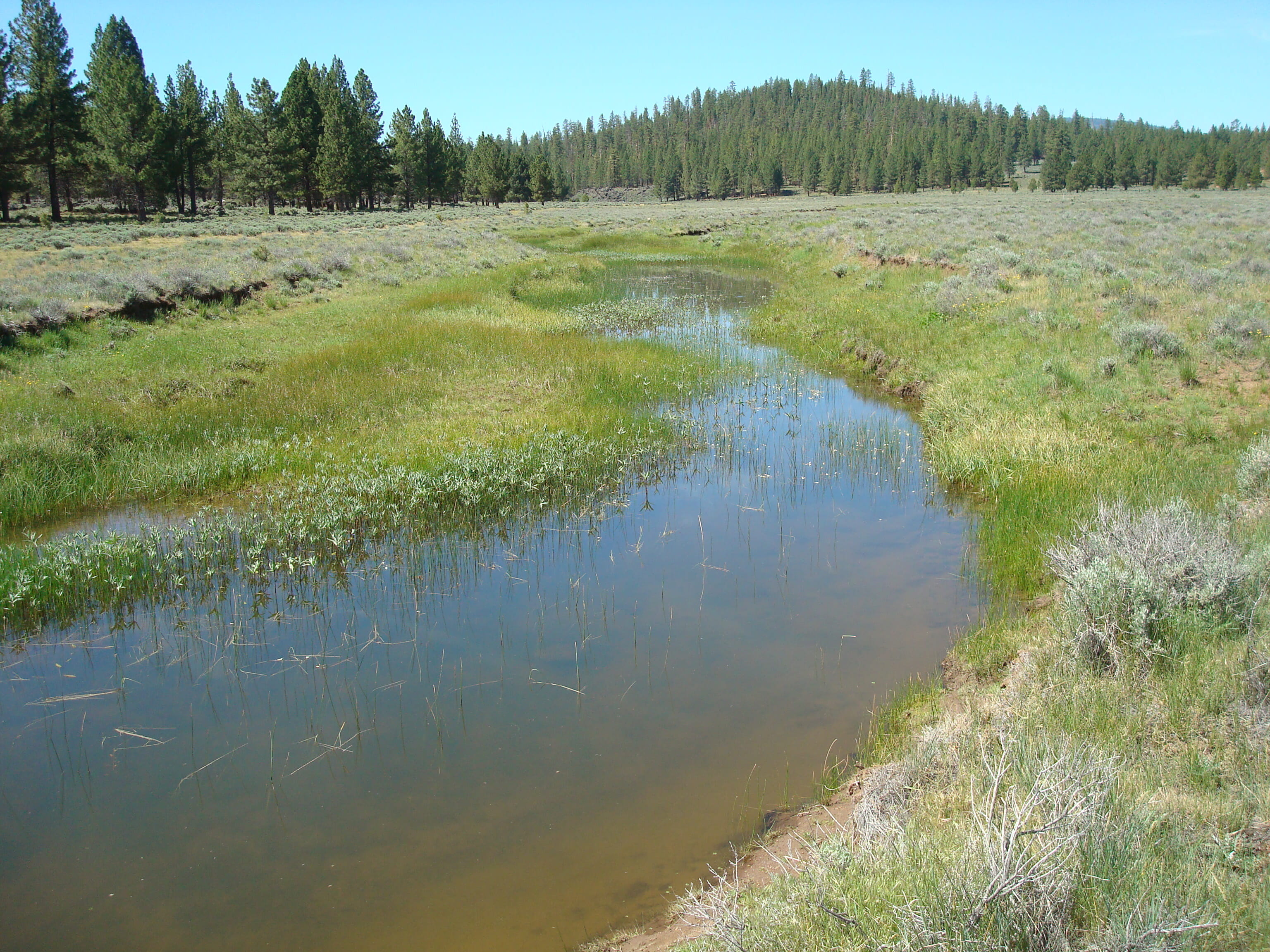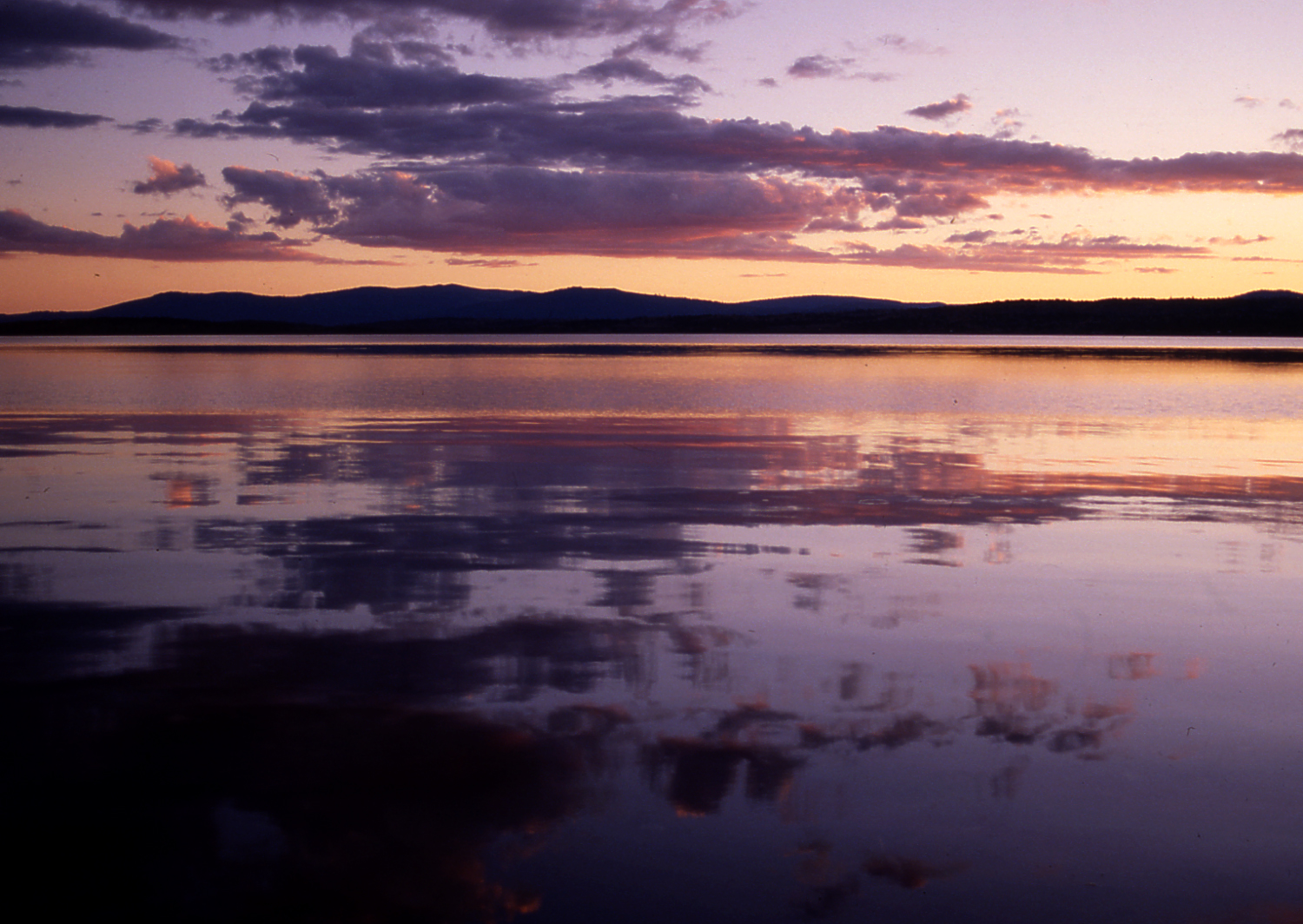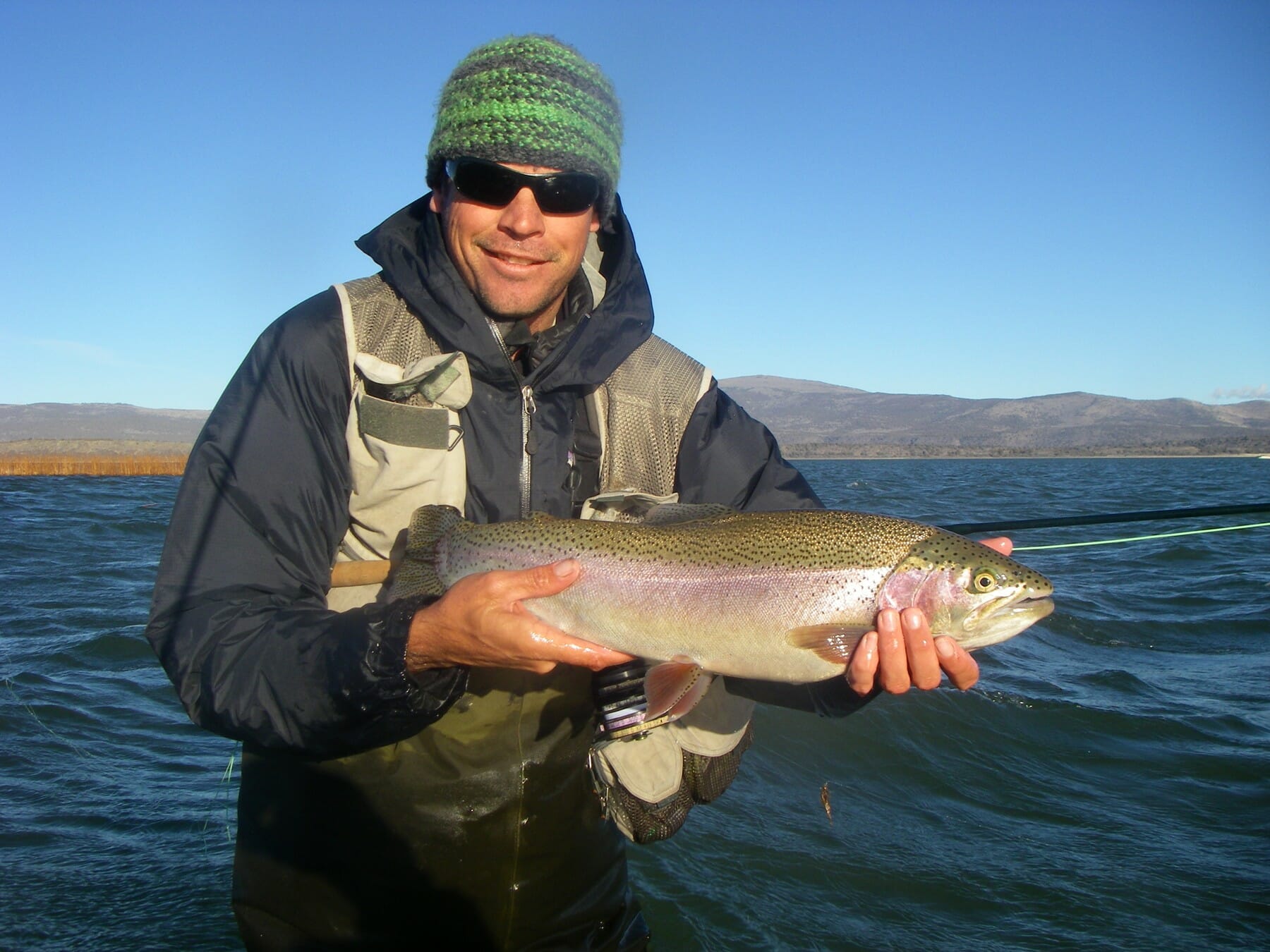The US Fish & Wildlife Service has made a determination on a petition to list the Eagle Lake rainbow trout under the federal Endangered Species Act. In a decision announced July 5, the agency found that “listing the ELRT as an endangered or a threatened species throughout all of or a significant portion of its range is not warranted at this time.”
Trout Unlimited welcomes this decision, which is an affirmation that our years of work with local interests and agencies to create a roadmap to restore Eagle Lake rainbow habitat is paying dividends.

A prized target for anglers, the Eagle Lake rainbow has one of the most limited ranges of any native trout in the western U.S-it is found only in Eagle Lake and its small tributaries, namely Pine Creek, in Lassen County, California. This species is unusual among O. mykiss in that it is adapted to highly alkaline waters.
(R) Pine Creek, key spawning/rearing habitat for ELRT
The indigenous population of Eagle Lake rainbows has declined significantly due to decades of habitat degradation from a variety of factors, including fish passage barriers, small water impoundments, grazing, roads, and propagation of non-native brook trout.
TU’s California Field Director, Dave Lass, said “Although it might seem counterintuitive to some, this finding is good news for Eagle Lake rainbow trout recovery and will enable TU and our Eagle Lake restoration partners to continue to work together with less ‘red tape’ to implement the strategies in the Eagle Lake Rainbow Trout Conservation Agreement.”
Lass said while the Eagle Lake rainbow remains “at risk,” the Fish and Wildlife Service’s determination that a listing under the ESA is not warranted will actually help with species restoration. As with the agency’s 2011 decision on the California golden trout, the determination that listing is not warranted is based on recent progress in habitat restoration and reversing non-native trout introgression, as well as a formal conservation plan.

(L) Eagle Lake, CA
Lass said the Eagle Lake Rainbow Trout Conservation Agreement will empower federal, state and local groups to accomplish the requisite field work, including large scale meadow restoration needed to ensure a higher base flow and longer “recession curve” in Eagle Lake tributaries, to combat the effects of climate change and rebuild healthy, self-sustaining lake and stream populations-something that hasn’t happened in over 70 years.
A determination that the Eagle Lake rainbow should be listed would have required Section 7 consultation under the ESA on all restoration work that has potential to directly or indirectly affect Eagle Lake rainbow trout-a lengthy process that would cost more money, take more time, and potentially prohibit work that resulted in even “incidental” Eagle lake rainbow mortality.
Lass said, “At the end of the day, we care about accomplishing real change that benefits the fish, not creating more administrative hoops to jump through. This decision doesn’t mean everything is okay with the Eagle Lake rainbow-it still needs help. The decision does mean that our conservation efforts so far are paying off, but also that much more needs to be done to recover this fish and fishery that so many anglers care deeply about. We are excited for the opportunity and trust bestowed in us by the public to lead these efforts.”



